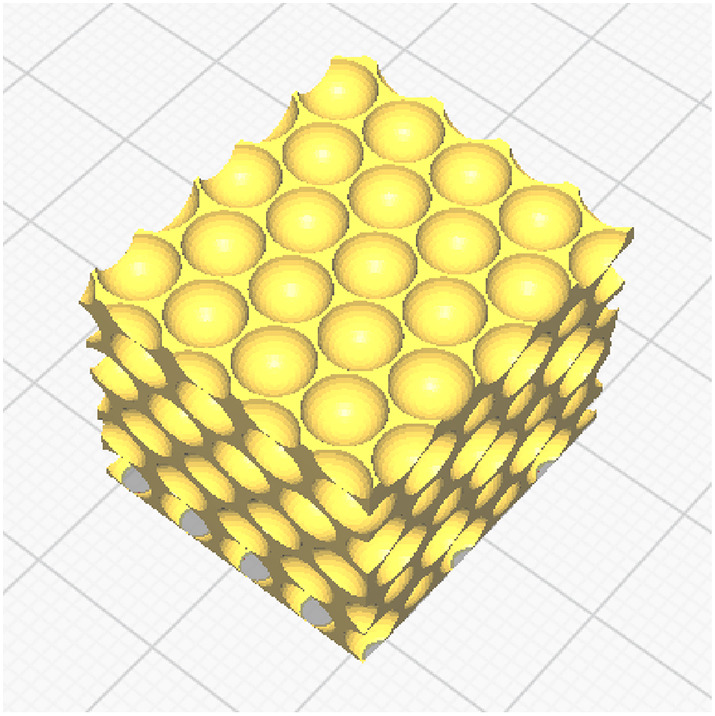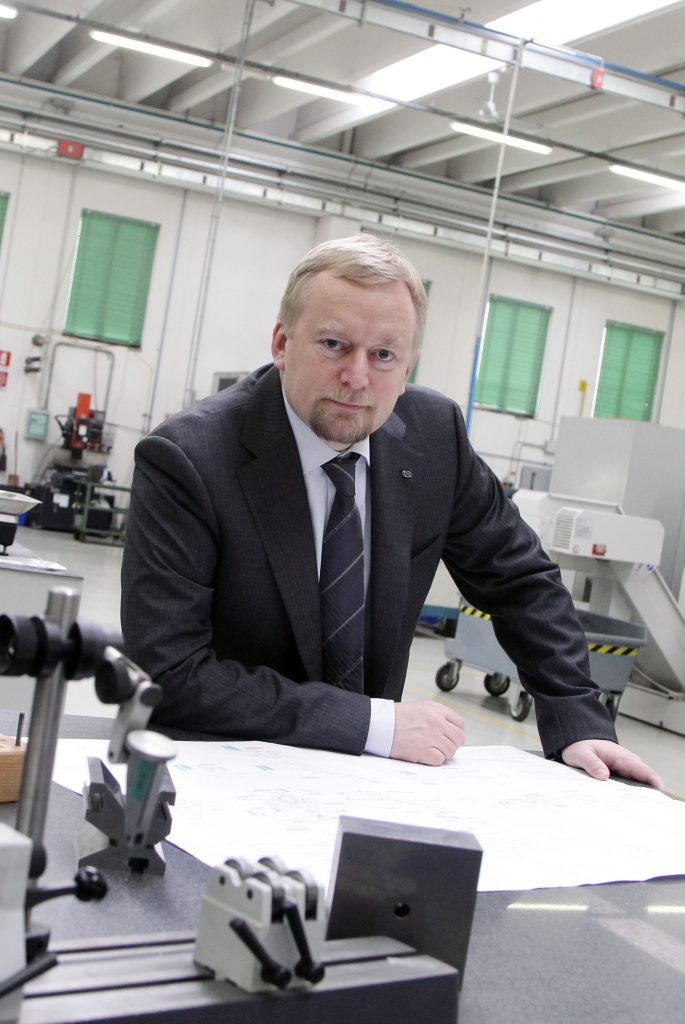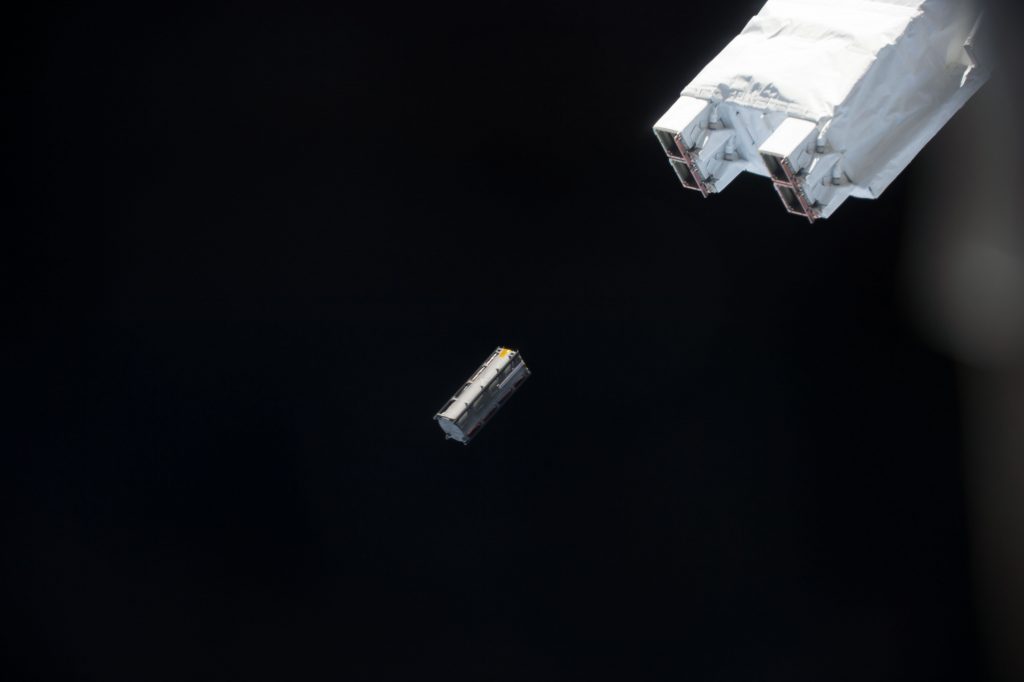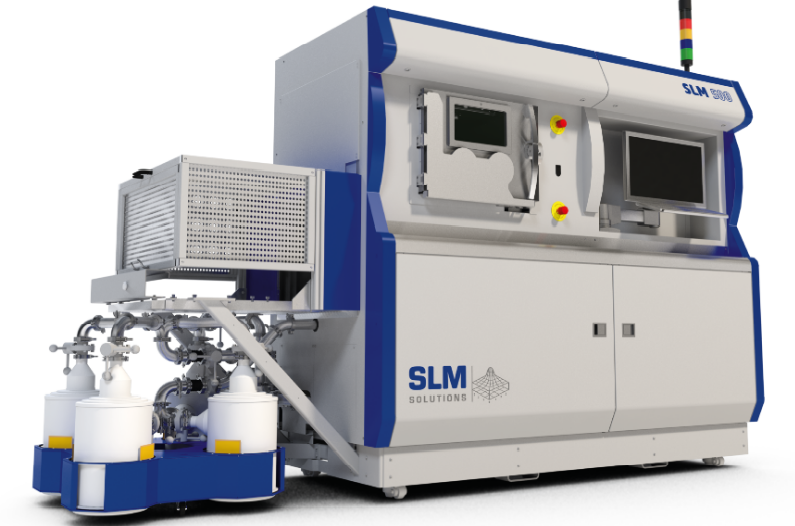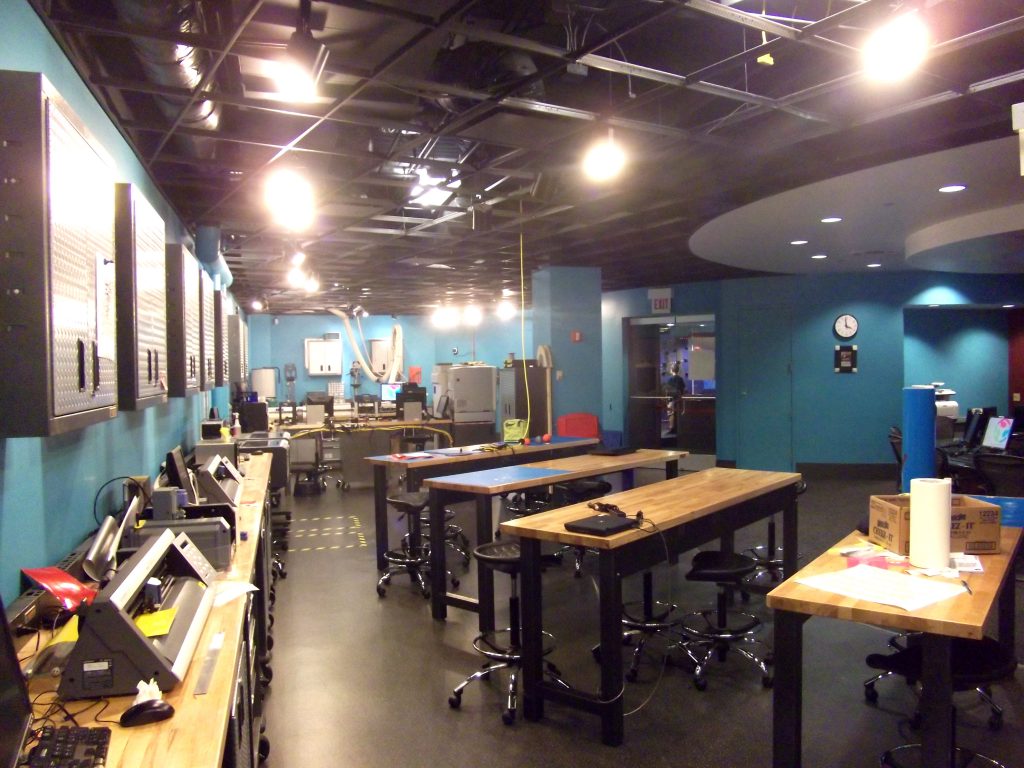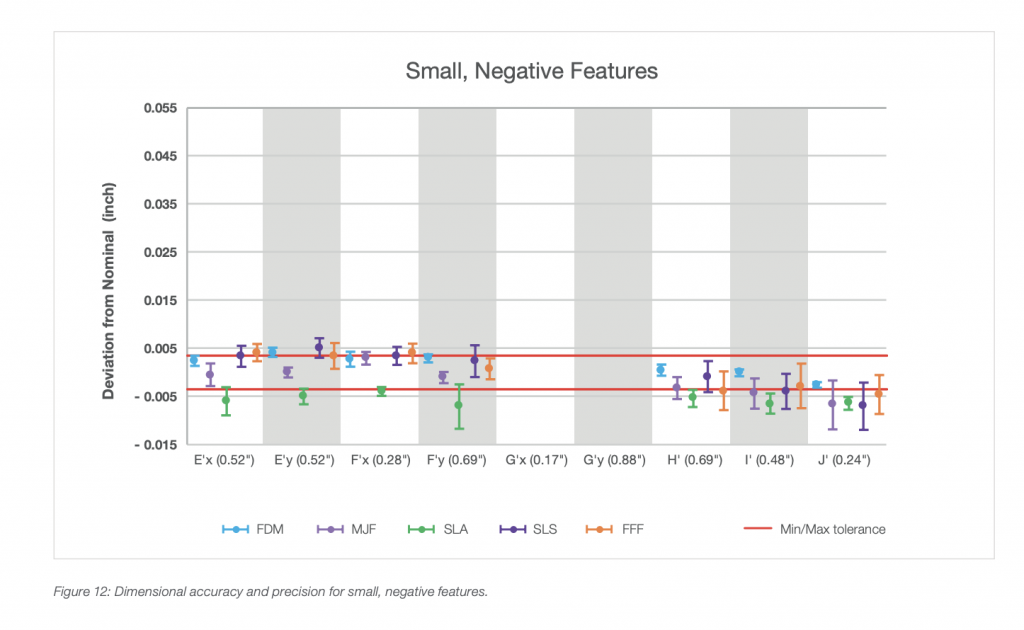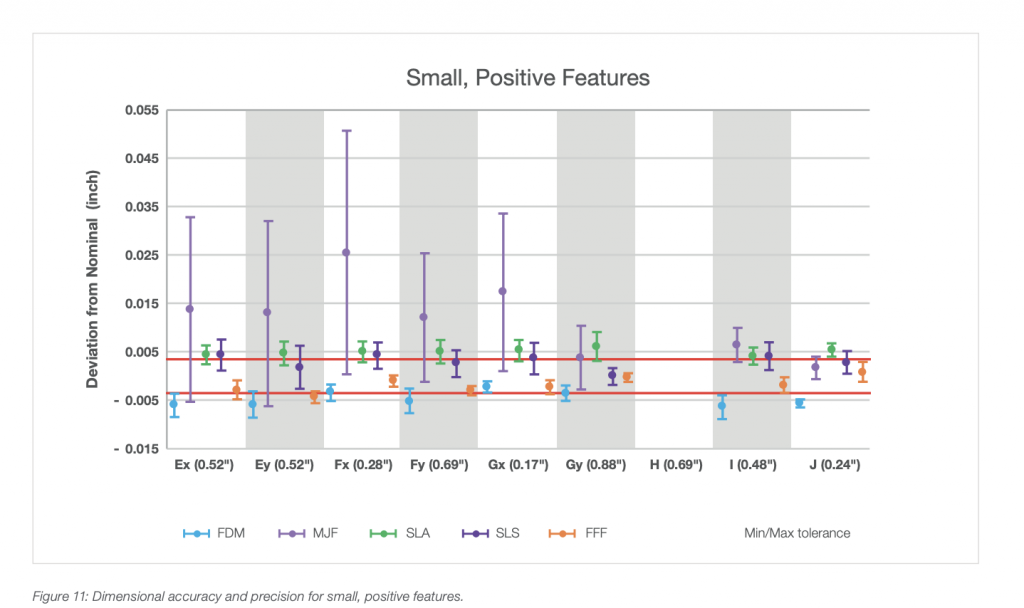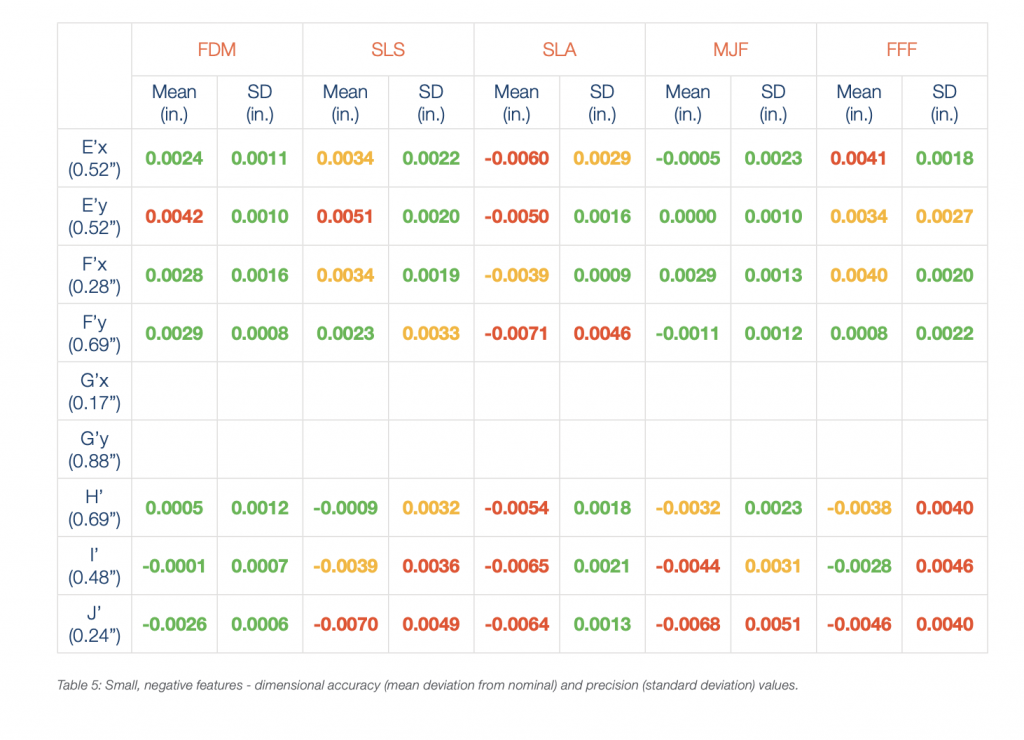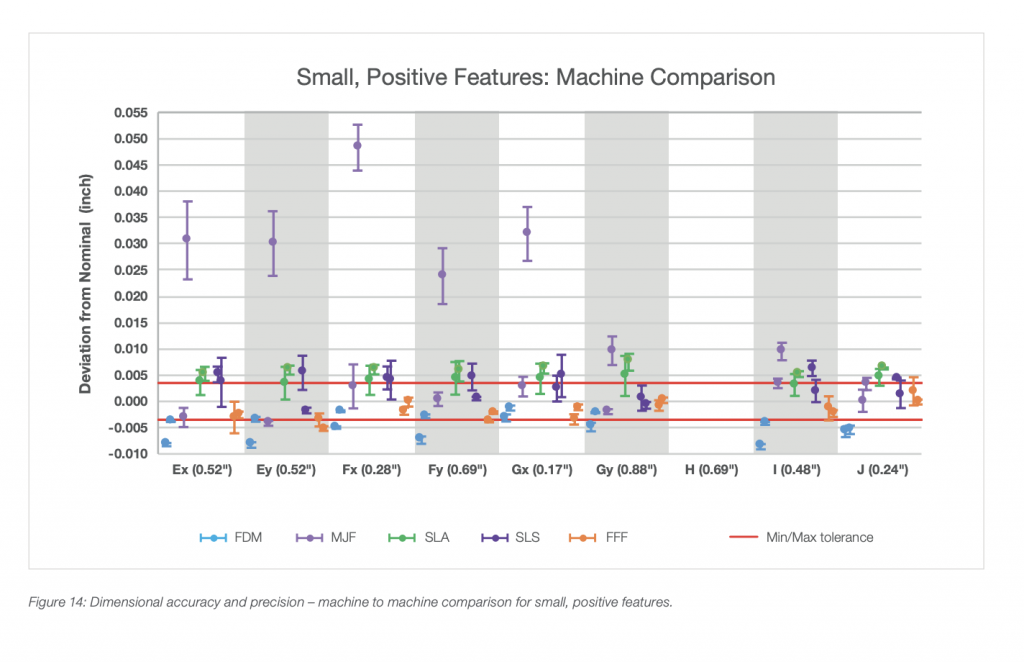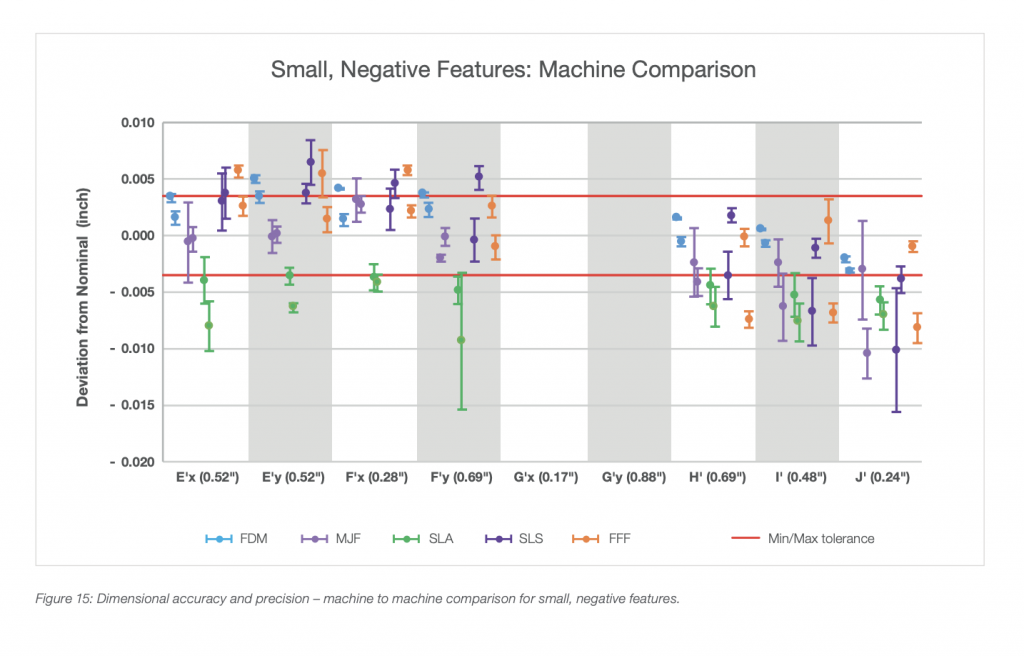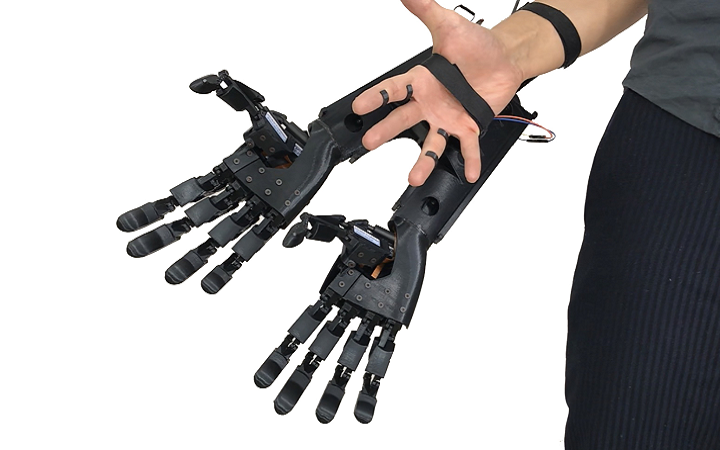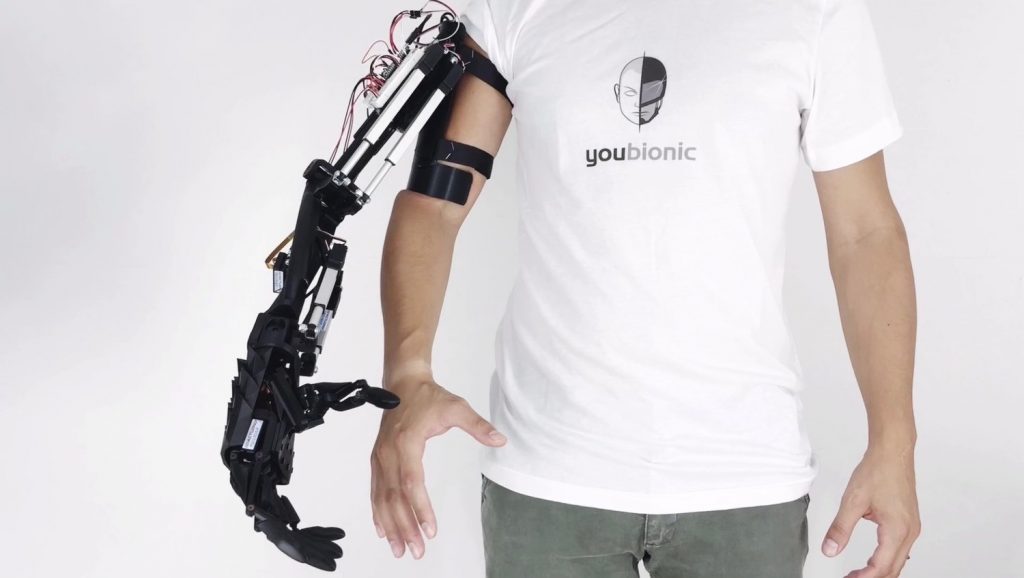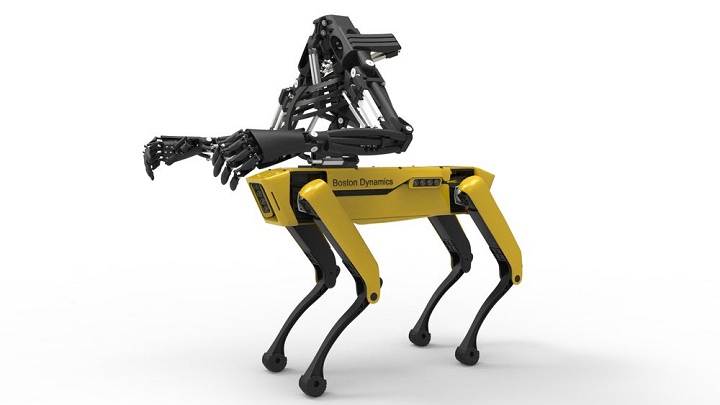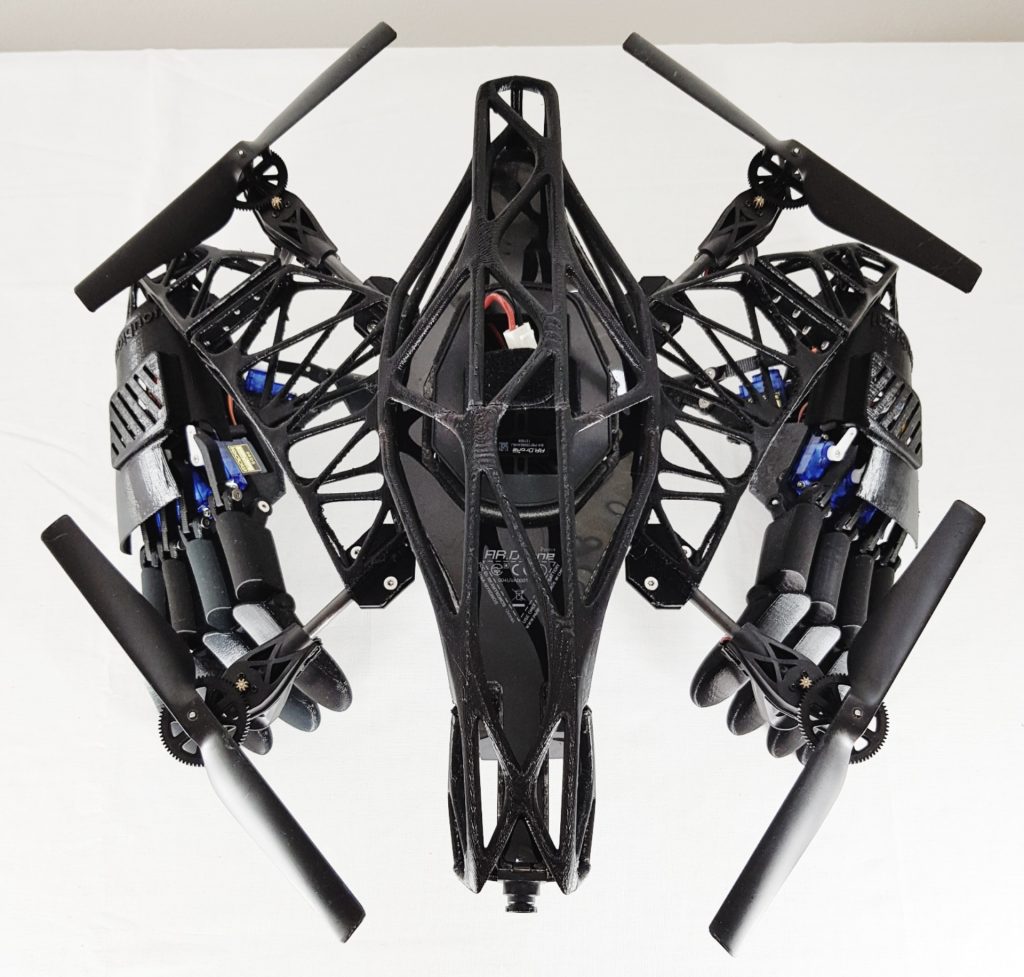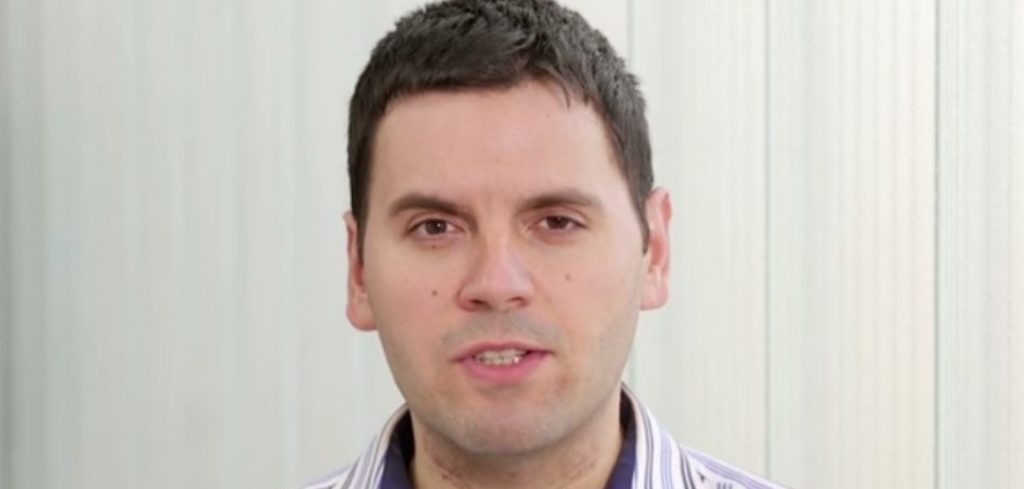One of the companies leading the way in Brazil’s growing 3D printing industry is targeting education. Founded in 2014, 3D Criar is a big part of the additive manufacturing community, pushing their ideas through and around economic, political and industry limitations.
 Like other emerging countries in Latin America, Brazil is lagging the world in 3D printing, and even though it is leading the region, there are too many challenges. One of the big concerns is a rising demand for engineers, biomedical scientists, software designers, 3D customization and prototyping specialists, among other professions needed to become an innovative leader in the global arena, something the country is lacking at the moment. Furthermore, private and public high schools and universities are in great need of new tools to learn and interact through collaborative and motivational learning, which is why 3D Criar is offering solutions for the education industry through 3D printing technologies, user training, and educational tools. Operating in the professional desktop 3D printer segment and distributing the world’s leading brands in Brazil, it carries the widest range of technologies available from a single company: FFF/FDM, SLA, DLP and polymer SLS, as well as high performance 3D printing materials such as HTPLA, Taulman 645 Nylon and biocompatible resins. 3D Criar is helping the industry, health and education sectors develop a customized 3D printing workflow. To better understand how the company is adding value in Brazil’s complex educational, economic and technological life, 3DPrint.com spoke with André Skortzaru, co-founder of 3D Criar.
Like other emerging countries in Latin America, Brazil is lagging the world in 3D printing, and even though it is leading the region, there are too many challenges. One of the big concerns is a rising demand for engineers, biomedical scientists, software designers, 3D customization and prototyping specialists, among other professions needed to become an innovative leader in the global arena, something the country is lacking at the moment. Furthermore, private and public high schools and universities are in great need of new tools to learn and interact through collaborative and motivational learning, which is why 3D Criar is offering solutions for the education industry through 3D printing technologies, user training, and educational tools. Operating in the professional desktop 3D printer segment and distributing the world’s leading brands in Brazil, it carries the widest range of technologies available from a single company: FFF/FDM, SLA, DLP and polymer SLS, as well as high performance 3D printing materials such as HTPLA, Taulman 645 Nylon and biocompatible resins. 3D Criar is helping the industry, health and education sectors develop a customized 3D printing workflow. To better understand how the company is adding value in Brazil’s complex educational, economic and technological life, 3DPrint.com spoke with André Skortzaru, co-founder of 3D Criar.
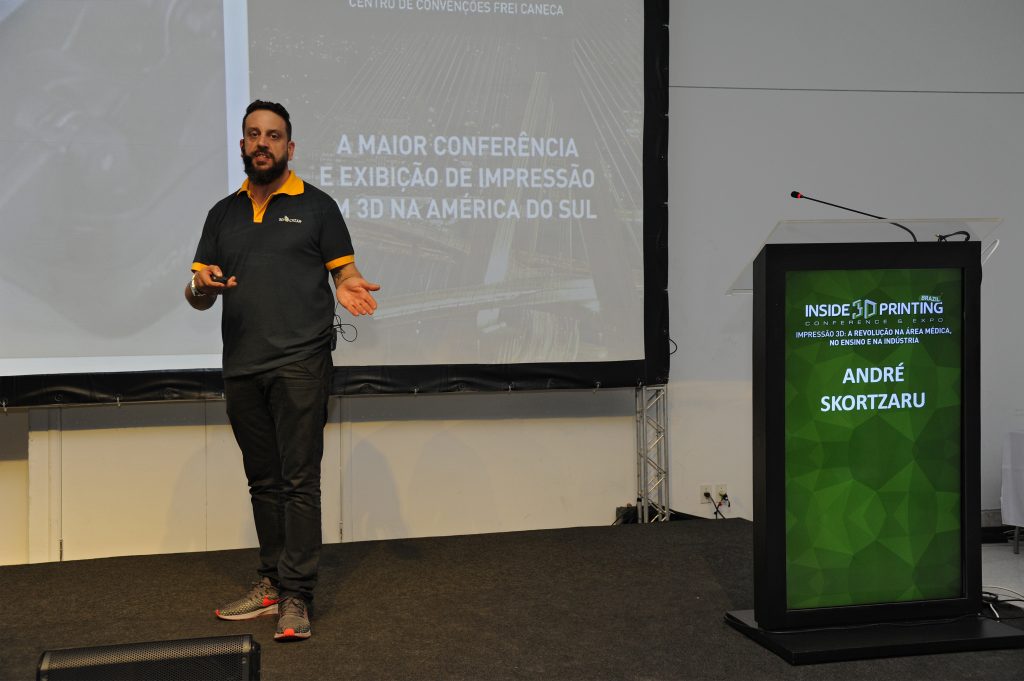
André Skortzaru speaking about 3D Criar at the Inside 3D Printing Conference and Expo in Brazil
After years spent as a top executive at big companies, among them Dow Chemical, Skortzaru took a long break, moving to China to learn the culture, language and find some perspective. Which he did. A couple of months into the journey, he noticed the country was thriving and a lot of it had to do with disruptive technologies, smart factories and a great big leap into industry 4.0, not to mention the massive expansion of education, tripling the share of GDP spent in the last 20 years and even plans to install 3D printers in all of its elementary schools. 3D printing definitely caught the attention of Skortzaru who started planning his return to Brazil and financing for a 3D printing startup. Along with business partner Leandro Chen (who at the time was an executive at a software company), they established 3D Criar, incubated at the technology park Center of Innovation, Entrepreneurship, and Technology (Cietec), in São Paulo. From there on, they began to identify market opportunities and decided to focus on digital manufacturing in education, contributing to the development of knowledge, preparing students for careers of the future, providing 3D printers, raw materials, consultancy services, in addition to training -which is already included in the purchase price of the machines- for any institution that wanted to set up a digital manufacturing lab, or fab lab, and maker spaces.
“With financial support from international institutions, like the Inter-American Development Bank (IDB), the Brazilian government has funded education initiatives in certain impoverished sectors of the country, including the purchase of 3D printers. However, we noticed that universities and schools still had a huge demand for 3D printers, but little or no staff prepared to use the devices and back when we started, there was no awareness of the applications and technology available, especially in elementary schools. So we got to work and in the last five years, 3D Criar sold 1,000 machines to the public sector for education. Today the country faces a complex reality, with institutions highly demanding 3D printing technology, yet not enough money to invest in education. To become more competitve we need more policies and initiatives from the Brazilian government, like access to credit lines, tax advantages for universities, and other economic incentives that will drive investment in the region,” Skortzaru explained.

The 3D Criar stand at Inside 3D Printing Conference & Expo in Brazil
According to Skortzaru, one of the big problems facing private universities in Brazil is the cutback in student registrations, something that began right after the State chose to reduce by half the low-interest loans it offered poorer students to attend the more numerous fee-paying private universities. For poor Brazilians who miss out on the small number of free university places, a cheap loan from the Fund of Student Financing (FIES) is the best hope of accessing a college education. Skortzaru worries that with these cuts in funding inherent risks are significant.
“We are in a very bad cycle. Clearly, if students are dropping out of college because they dont have money to pay for it, the institutions will schematicaly lose investment in education, and if we dont invest right now, Brazil will be lagging behind the world average in terms of education, technological advances and trained professionals, ruining future growth prospects. And of course, I’m not even thinking about the next couple of years, at 3D Criar we worry about the coming decades, because the students that are going to graduate soon will not have any knowledge of the 3D printing industry. And how could they, if they’ve never even seen one of the machines, let alone used it. Our engineers, software developers, and scientists will all have sallaries below the global average,” revealed Skortzaru.
With so many universities around the world developing 3D printing machines, like Formlabs – which was founded six years ago by three MIT graduates becoming a 3D printing unicorn company – or biotech startup OxSyBio, which spun out of the University of Oxford, the Latin American 3D printing ecosystem dreams of catching up. Skortzaru is hopeful that enabling 3D printing in all schooling levels will help children learn various disciplines, including STEM, and in a way prepare them for the future.

André Skortzaru explains how 3D Criar will change the 3D printing industry in Brazil
As one of the top exhibitors at the 6th edition of South America’s largest 3D printing event, “Inside 3D Printing Conference & Expo”, 3D Criar is successfully implementing the technologies of industry 4.0 in Brazil, providing customized training, lifetime technical support, research and development, consulting and post-sale follow-up. The entrepreneurs’ efforts to ensure the best 3D printing experience for their users has led to many participations in trade shows and fairs where the startup has gained recognition among competing companies and interest from 3D printing manufacturers eager to find a reseller in South America. The companies they currently represent in Brazil are BCN3D, ZMorph, Sinterit, Sprintray, B9 Core and XYZ Printing.
3D Criar’s success led them to also supply machines for the Brazilian industry, that means this pair of business entrepreneurs also have a good idea of how the sector is struggling to incorporate 3D printing technology. At this time, 3D Criar provides complete additive manufacturing solutions to the industry, from the machines to the input materials, and the training, they even help companies develop viability studies to understand the return on investment from purchasing a 3D printer, including analyzing 3D printing successes and cost reductions over time.
“The industry was really late in implementing additive manufacturing, especially compared to Europe, North America, and Asia. This comes as no surprise, since during the last five years, Brazil has been in a deep economic recession and political crisis; as a consequence, in 2019, the industrial GDP was the same as it was in 2013. Then, the industry began to cut costs, mainly affecting investment and R&D, which means that today we are implementing 3D printing technology in its last stages, to produce final products, bypassing the normal phases of research and development that most of the world is doing. This needs to change soon, we want universities and institutions to investigate, experiment with the technology, and learn to use the machines,” explained Skortzaru, who is also Commercial Director of 3D Criar.
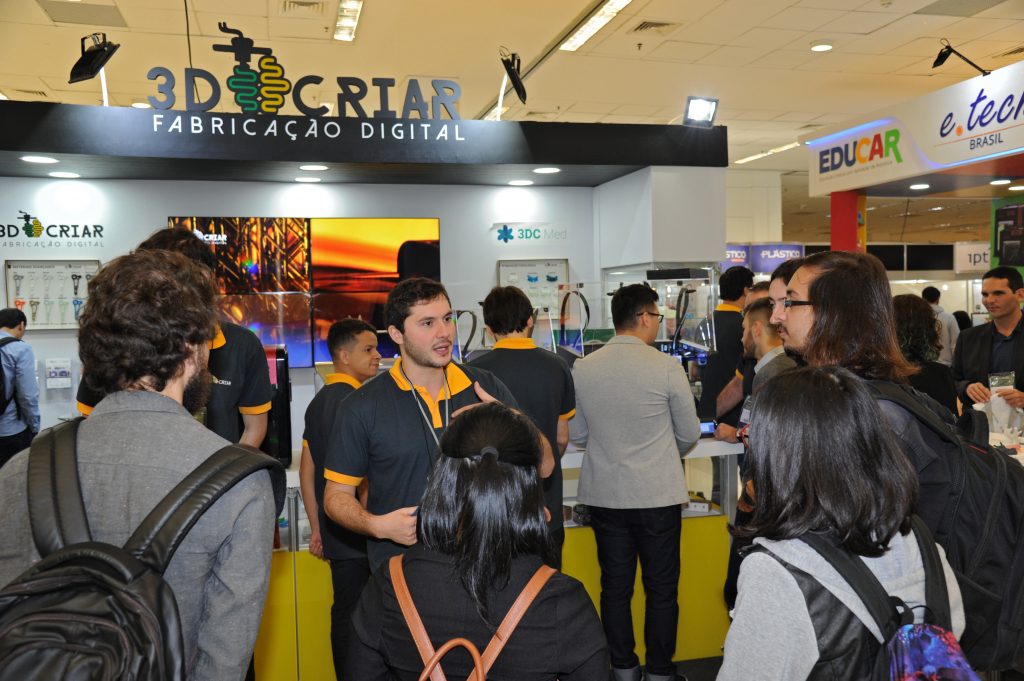
One of the most visited stands at Inside 3D Printing Conference & Event was 3D Criar
Indeed, the industry is now more open to 3D printing and manufacturing companies are searching for FDM technologies, like multinationals Ford Motors and Renault. Other “fields, like dental and medicine, haven’t entirely grasped the importance of the advances this technology brings.” For example, in Brazil “the majority of dentists finish university without even knowing what 3D printing is,” in an area that is continuously advancing; moreover, the speed with which the dental industry is adopting 3D printing technology may be unrivaled in the history of 3D printing. While the medical sector is continuously struggling to find a way to democratize AM processes, as surgeons have big restrictions to create biomodels, except for very complex surgeries where they are being used. At 3D Criar they “are working hard to make doctors, hospitals and biologists understand that 3D printing goes beyond just creating 3D models of unborn babies so parents know what they look like,” they want to help develop bioengineering applications and bioprinting.
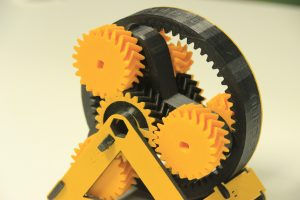
3D Criar helps students’ ideas come to life (Image: 3D Criar)
“3D Criar is fighting to alter the technological environment in Brazil starting with the younger generations, teaching them what they will need in the future,” Skortzaru said. “Although, if universities and schools don’t have the technology, knowledge, and money to sustainably implement the required changes, we will always be a developing country. If our national industry can only develop FDM machines, we are hopeless. if our teaching institutions can’t afford to buy a 3D printer, how will we ever carry out any research? The most renowned engineering university in Brazil the Escola Politecnica of the University of Sao Paolo doesn’t even have 3D printers, how will we ever become an additive manufacturing hub?”
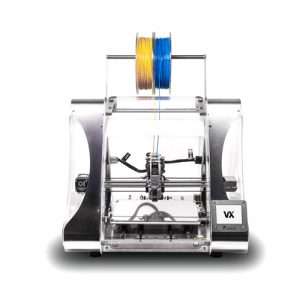
3D Criar’s printers for education: the ZMorph (Image: 3D Criar)
Skortzaru believes that the rewards of all the efforts they make will come in 10 years when they expect to be the biggest 3D company in Brazil. Now they are investing to create the market, growing demand and teaching the basics. In the last two years, the entrepreneurs have been working on a project to develop 10,000 Social Technology Laboratories throughout the country to provide knowledge for new startups. With only one of these centers to date, the team is anxious and hopes to add many more in the next five years. This is one of their dreams, a plan that they believe could cost up to one billion dollars, an idea that could take 3D printing into some of the most remote areas of the region, places where there is barely any government funding for innovation. Just like with 3D Criar, they believe they can make the centers a reality, hopefully, they will build them in time for the next generation to enjoy them.



